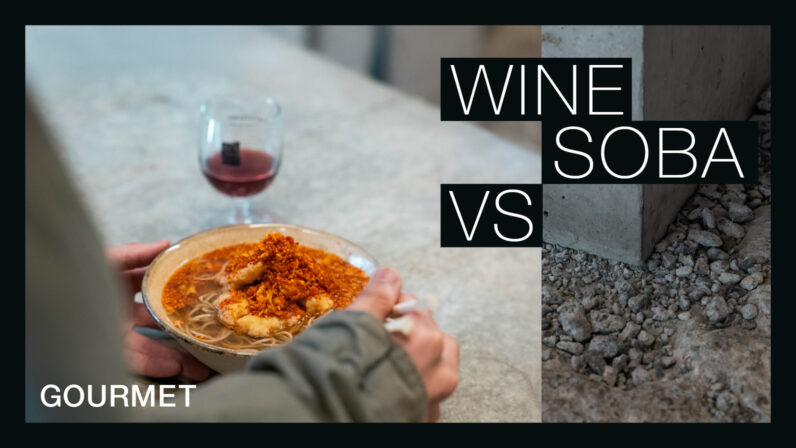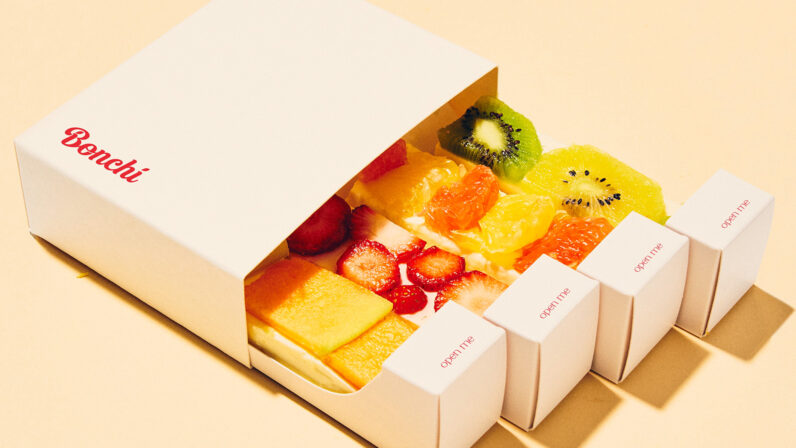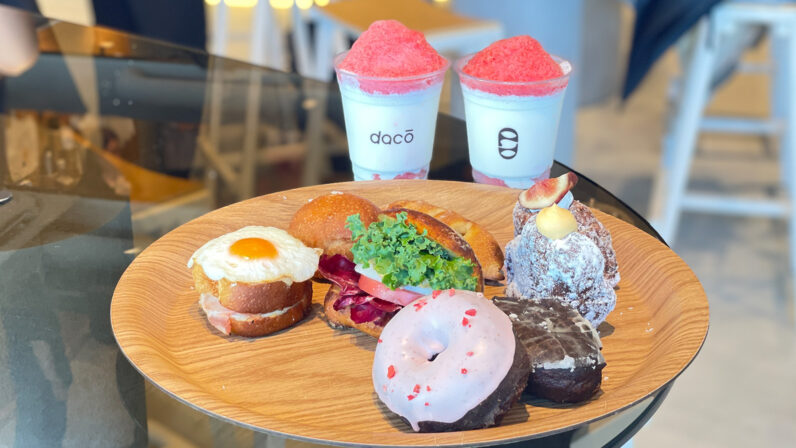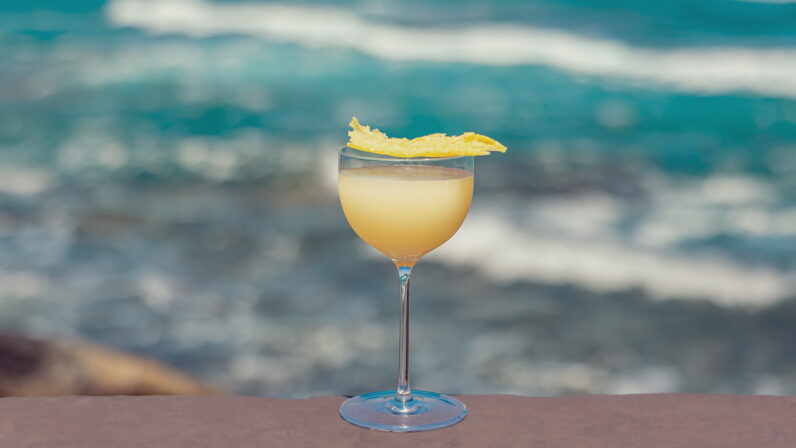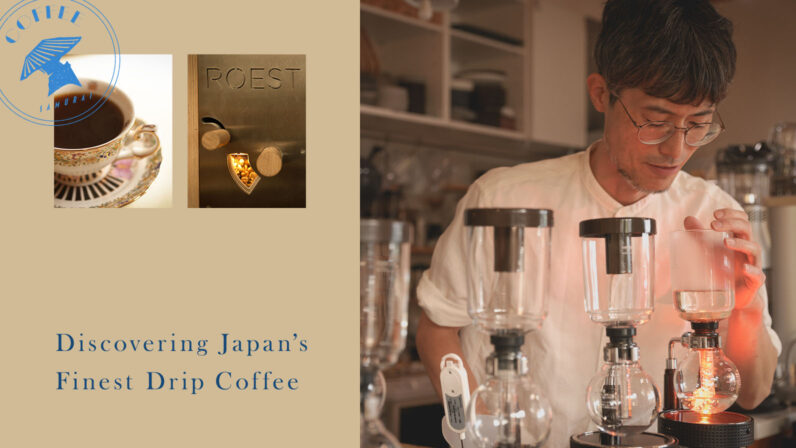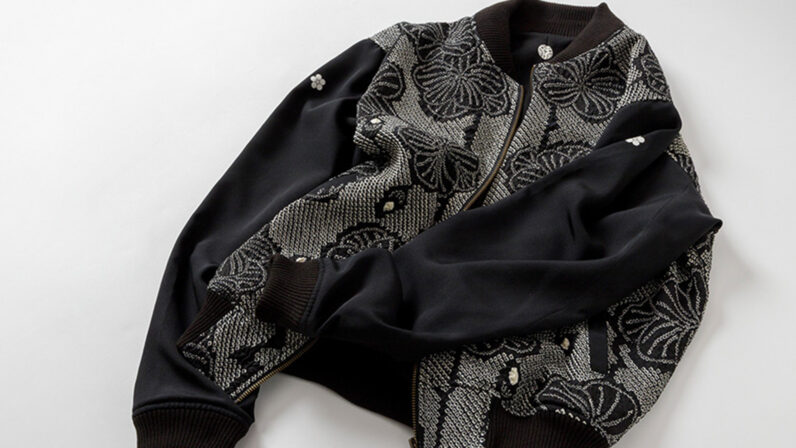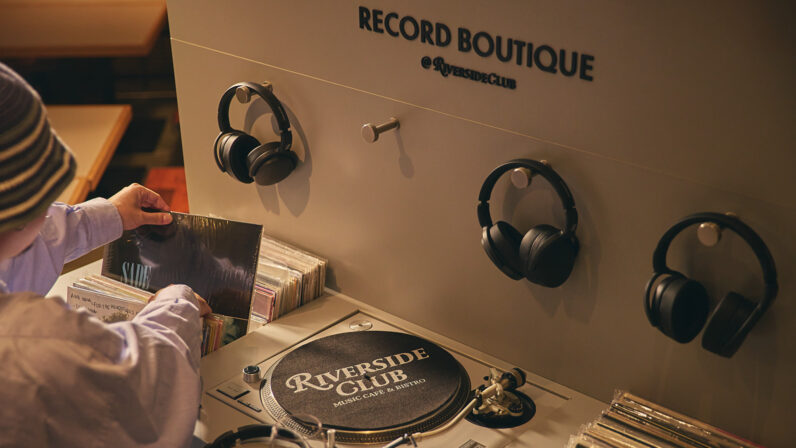
Photo courtesy of AWOMB
A few years ago, when I first moved to Kyoto, I assumed it would be a conservative city, bound by its long history. But I soon realized that couldn’t be further from the truth, and it turns out there are so many innovative people here. Kyoto is a place where tradition is deeply respected, yet creativity and progressive ideas are welcomed and embraced by many.
One standout example is Hiroshi Ujita, who has opened up exciting new possibilities in the sushi world with his restaurant, AWOMB.
Expressing the Concept of ‘Weaving’ Through Sushi

The Entrance of AWOMB Karasuma Honten
Just a few minutes’ walk from the busy Karasuma Station, AWOMB sits quietly on an unexpectedly peaceful street.The restaurant’s signature dish is Teori-zushi (hand-woven sushi). They also offer a vegan version called Teori-zushi Yō, along with takeout and catering options. The name Teori-zushi is an original concept created by Hiroshi Ujita.
Hiroshi’s family runs Hisago Sushi, a well-established restaurant with over 80 years of history in Kyoto’s Shijo Kawaramachi district. His older brother now leads the business as the third generation, continuing the tradition of Kansai-style sushi.
As for Hiroshi himself, after graduating from a local high school, he attended university in Tokyo, followed by culinary school where he specialized in Japanese cuisine. After finishing his studies, he returned to Kyoto to refine his skills at a traditional ryokan in Kifune.
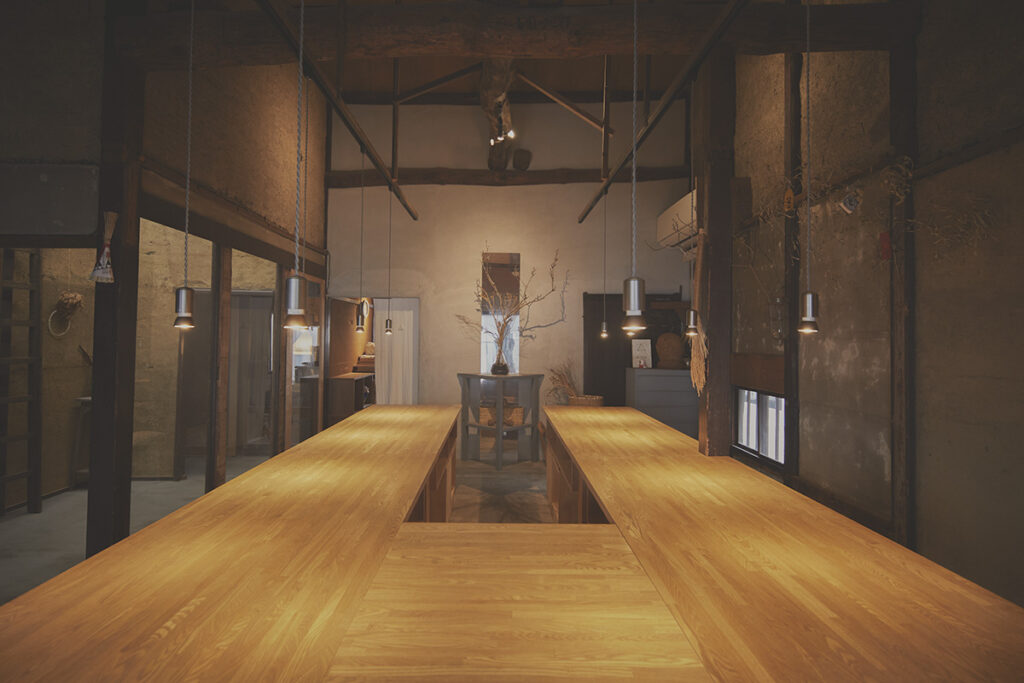
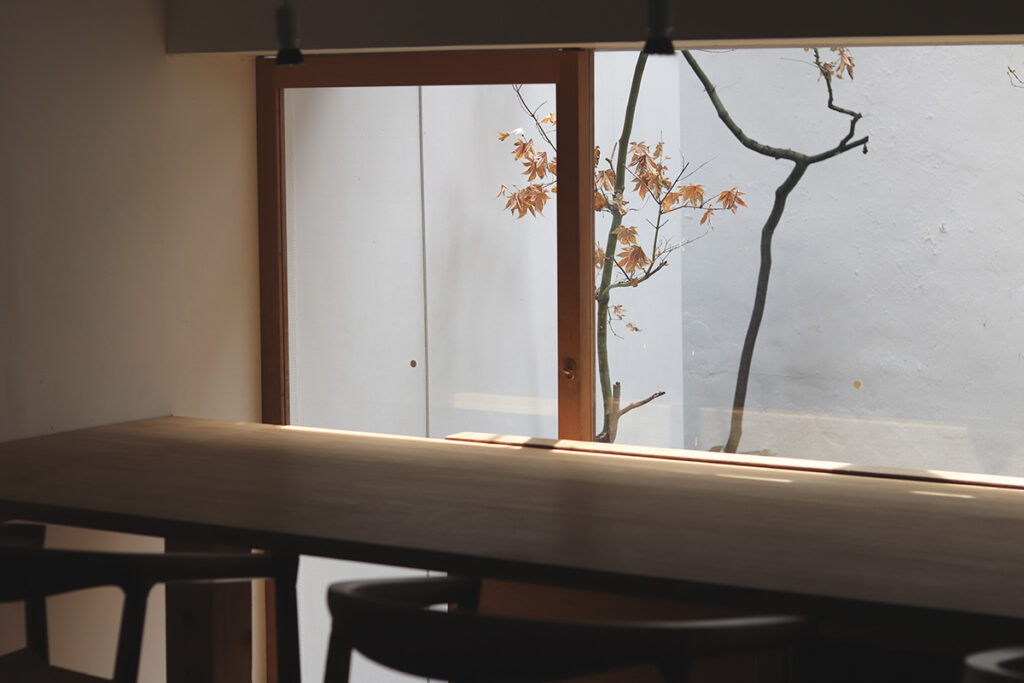
Inside AWOMB / Photo courtesy of AWOMB
Hiroshi launched his independent restaurant under the name AWOMB when he was 29 years old. With support from his family, he was able to get off to a smooth start. At first, the restaurant had a casual atmosphere, serving classic sushi alongside other dishes.
In 2014, on the 10th anniversary since opening, AWOMB moved to its current location, a historic machiya townhouse. This move inspired the idea for Teori-zushi.
Hiroshi explains, “I found out that this area used to be a bustling wholesale district for kimono and textiles, with many related businesses nearby. I thought it would be interesting to create something connected to the local culture. After some trial and error, I came up with the idea of ‘weaving’ by combining vertical and horizontal threads, and I decided to express that concept through sushi. That is how Teori-zushi was born.”
They say seeing is believing, and so I took the chance to experience Teori-zushi myself.
A New Dining Experience With Layers of Flavor in Every Bite
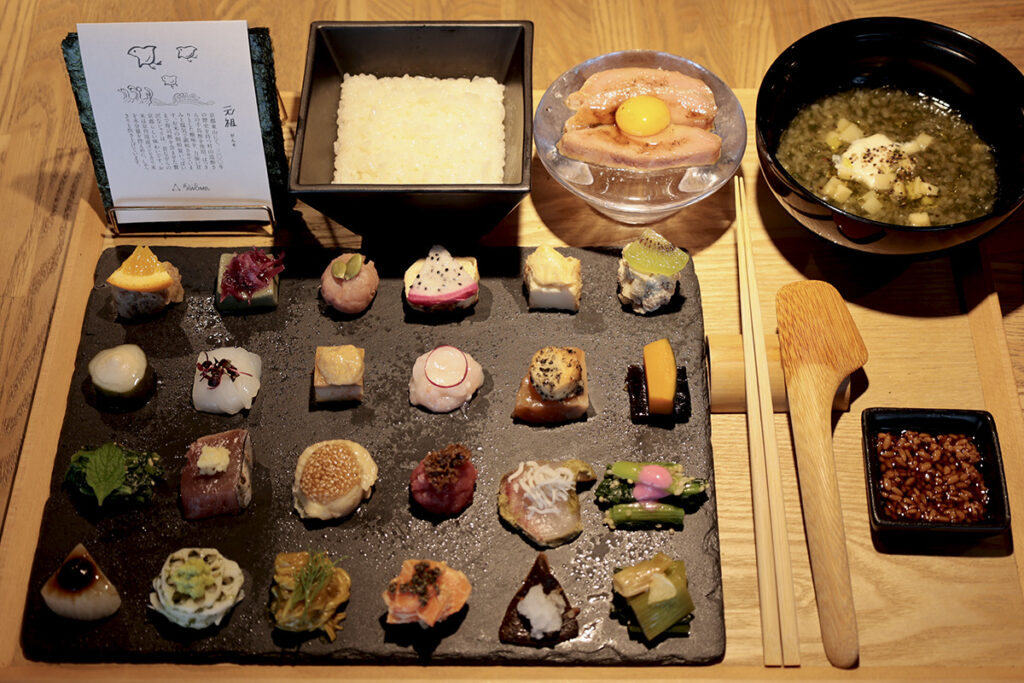
You start by placing rice and these small toppings on a sheet of seaweed, then roll it up by hand to eat. There are 24 different toppings, all beautifully arranged in neat rows, so much so that it almost feels wrong to pick them up with chopsticks.
“Just follow your intuition and mix whatever you like. The idea is to create a flavor that’s your own,” Hiroshi told me when I hesitated. He then gave me some tips:
“Start by placing tuna on the rice. Next, pick either spinach namul or scallops with chia seed ponzu. Finally, add kiwi or dragon fruit. Then roll it all up in the seaweed.”
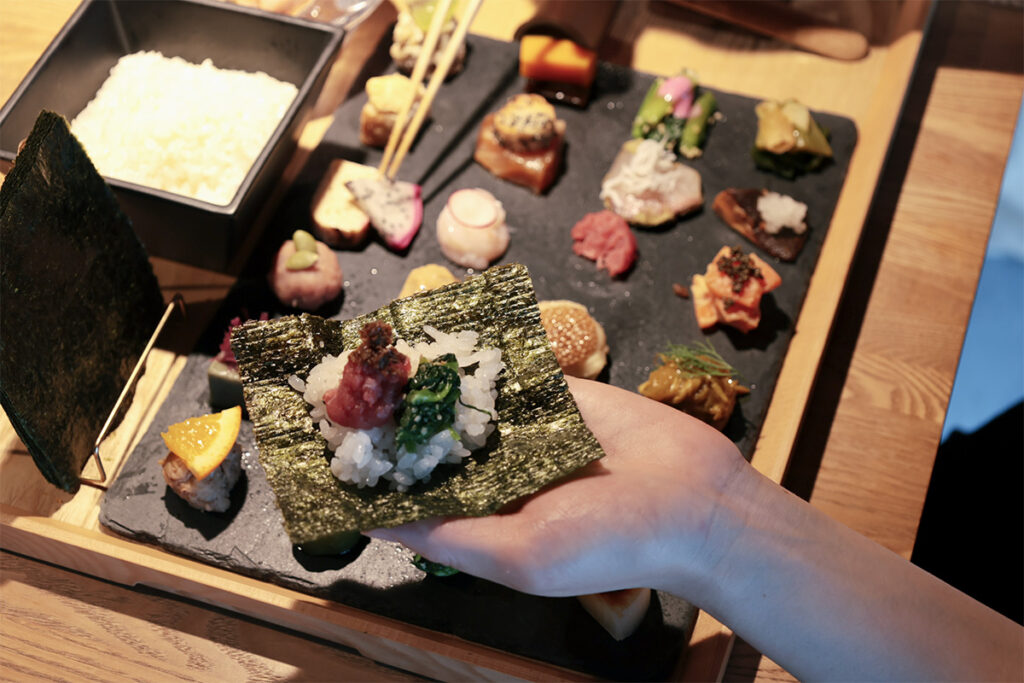
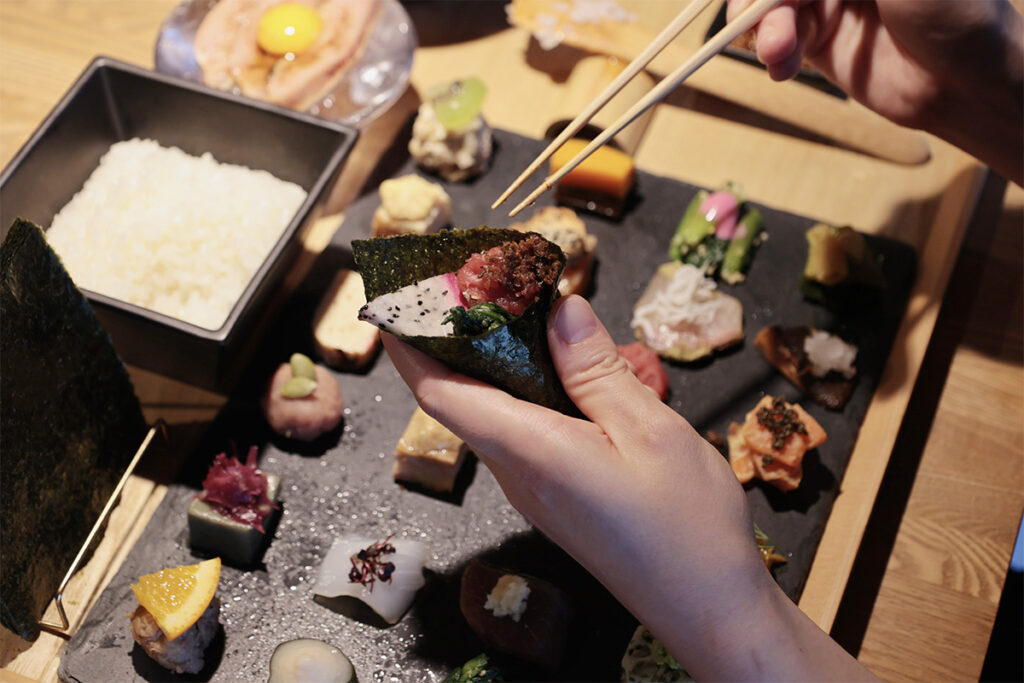
The excitement of wondering how the flavors will come together makes creating your own roll a real joy.
The combination might seem surprising, but what stood out was the joy of getting two flavors in one bite. And it did not stop there. The experience kept unfolding with three, four, even more layers of taste, creating a completely new kind of dining adventure.
Hiroshi added, “Some guests like to tear the nori in half to make smaller hand-woven sushi pieces. For those who enjoy sake, some prefer to first enjoy the toppings and nori as appetizers with their drink, then add the remaining toppings to the rice to finish their meal.”
A Strong Conviction That Won Over Fierce Opposition
After finishing the Teori-zushi, dessert and tea were served. While waiting, I asked Hiroshi about the story behind the restaurant. Although AWOMB is now a popular spot with constant reservations, its beginning wasn’t easy.
“When we renovated the old townhouse into the restaurant, the budget was very limited. So I learned some simple tasks from the carpenter and handled those parts myself. Luckily, most of the building was well preserved and required little work.”
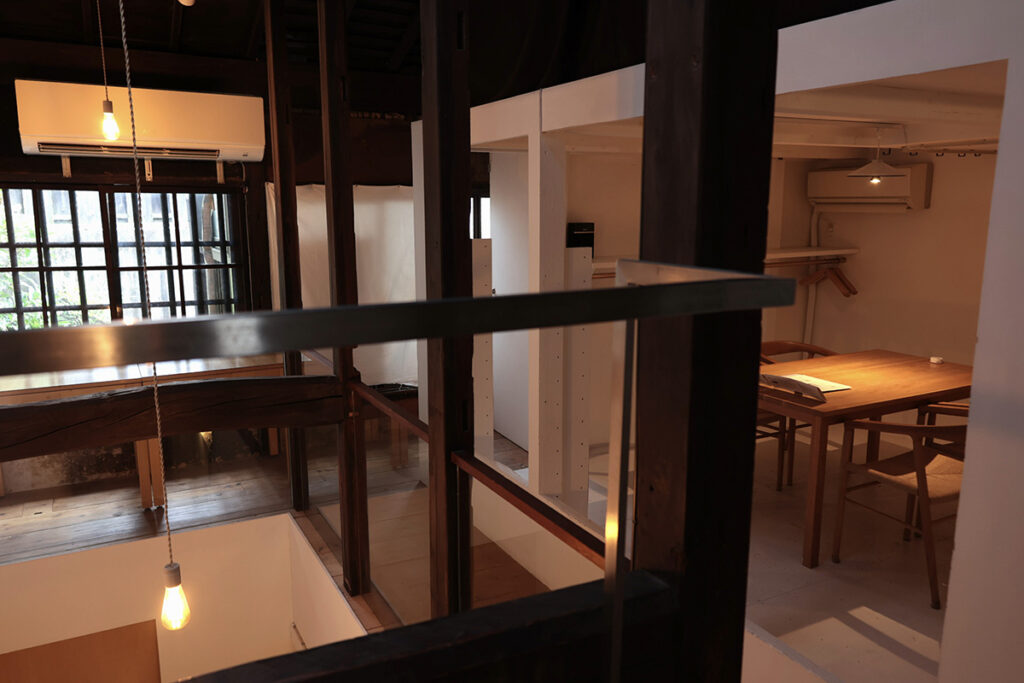
A corner of the interior that still retains the original townhouse structure
When AWOMB first opened, some customers found the idea of rolling their own sushi confusing. Hiroshi’s parents were also taken aback when they saw the Teori-zushi for the first time. They were so upset by the idea of serving sushi that wasn’t fully assembled that they even urged him not to mention the family sushi restaurant in connection to this.
The turning point came around the fourth year. As the restaurant worked on showcasing the fun of Teori-zushi, more customers began to enjoy the hands-on experience. The concept caught the attention of the media as well. Before implementing a reservation system, there were times when people waited in line for up to two hours. Over time, Hiroshi’s parents grew to understand and accept his vision, smoothing over past disagreements.
While hearing this story, the tea and dessert were served. The drink was cold-brewed brown rice tea, paired with a pudding made using white miso from Kyoto’s Ishino Miso. The refreshing tea and subtly sweet pudding were such a perfect match that it felt like you could keep enjoying them over and over.
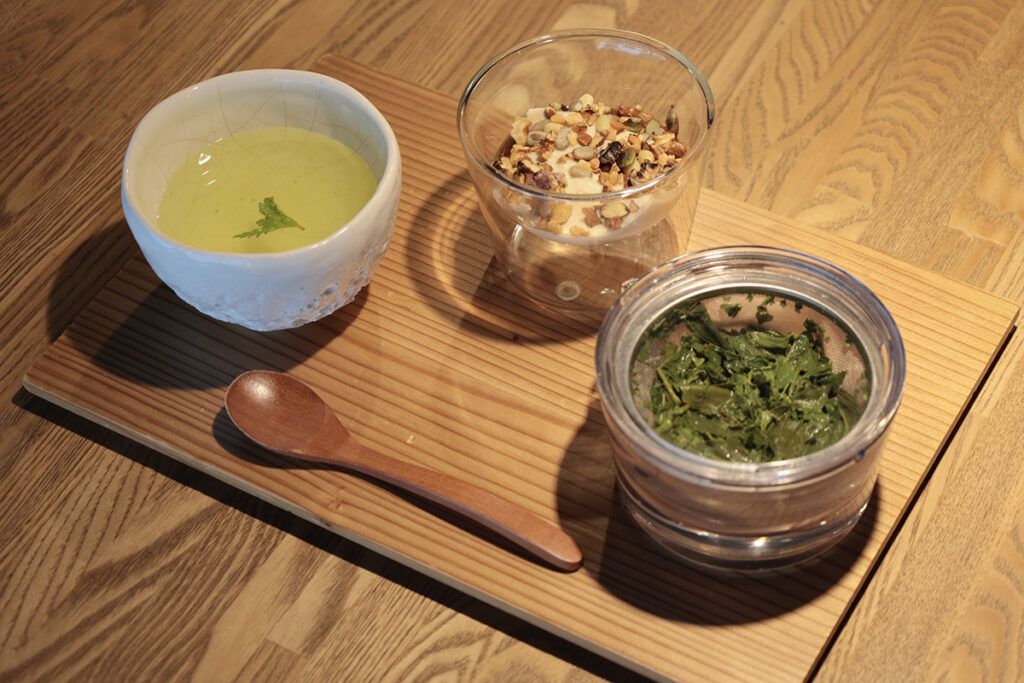
Kyoto’s food culture is rich with traditions blended with fresh innovation, and Teori-zushi is a standout example. For sushi lovers, if you get the chance, it’s definitely worth trying this unique, hands-on culinary experience.
AWOMB Karasuma Honten
Address: 189 Ubayanagi-cho, Nakagyo-ku, Kyoto 604-8213
Hours: 12:00 PM – 2:30 PM, 6:00 PM – 9:00 PM
Closed: None (but occasionally shortened hours or temporary closures)
Website: https://awomb.com
Instagram: @awomb

